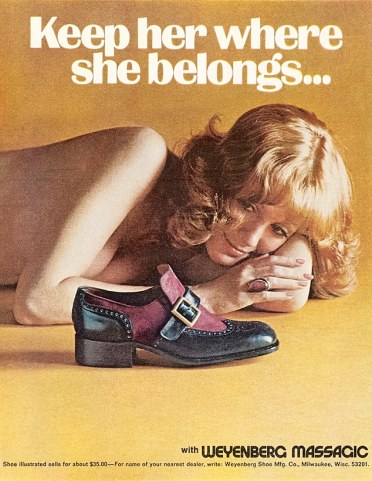Hair dye changed passports, and 5 other things you didn’t know about older women throughout history
It’s easy to come up with a long list of older heroines when you’re writing about everybody from Anne Pollard — the colonial tavernkeeper who was still sharing a “social pipe” with visitors when she was pushing 100 — to Ruth Bader Ginsberg. But there are a few folks and facts that I found particularly fun – here are some of my favorite obscure names and colorful tidbits you’ll find in my book, NO STOPPING US NOW.
 (Public Domain)
(Public Domain)
1. “Stagecoach” Mary Fields owned the mail routes
One of my little-known favorites is “Stagecoach” Mary Fields, a six-foot-tall African American coach driver in the old west. She was well past 50 when she took the job, and she was so dedicated that when the snow was too deep for the horses, she just delivered the mail in snowshoes.
/cdn.vox-cdn.com/uploads/chorus_image/image/59085657/GettyImages_120385927.0.jpg)
(Don Carl Steffen/Gamma-Rapho/Getty Images)
2. Hair dye and women’s liberation happened side-by-side
Not that I’m comparing the two, but women’s liberation did pretty much coincide with washing away gray. When the sixties began, only about 7 percent of American women colored their hair. Within a decade, the practice was so widespread the government stopped putting hair color on passports.

3. The ‘70s gave us mixed messages
When I started the book I knew I’d be referring to the 1971 ad for Loving Care hair coloring that concluded: “You’re not getting older. You’re getting better!” I remembered the slogan but definitely did not recall that it began: “In this youth-made world, when a woman’s over 25, she’s considered old…”

(giphy)
4. Surprise! Hollywood skews age gaps
And speaking of popular culture. there was “The Graduate” from 1967. Was always fascinated by the fact that Ann Bancroft, who played the middle-aged seductress Mrs. Robinson, was only six years older than Dustin Hoffman, who played her innocent 21-year-old target.

(Smithsonian National Portrait Gallery)
5. In the 19th century, menopause upgraded public speaking privileges
In the 1800s, when women who tried to give speeches in public were being stoned as harlots, Elizabeth Cady Stanton figured out that if you looked as much as possible like a grey-haired grandmother, you could get away with practically anything. Once Stanton’s got the idea, they started composing odes to menopause.
Gail Collins is a columnist for the New York Times. From 2001-2007 she was editorial page editor of the paper–the first woman to have held that position.
No Stopping Us Now is available in hardcover, eBook, downloadable audio, and audio CD.